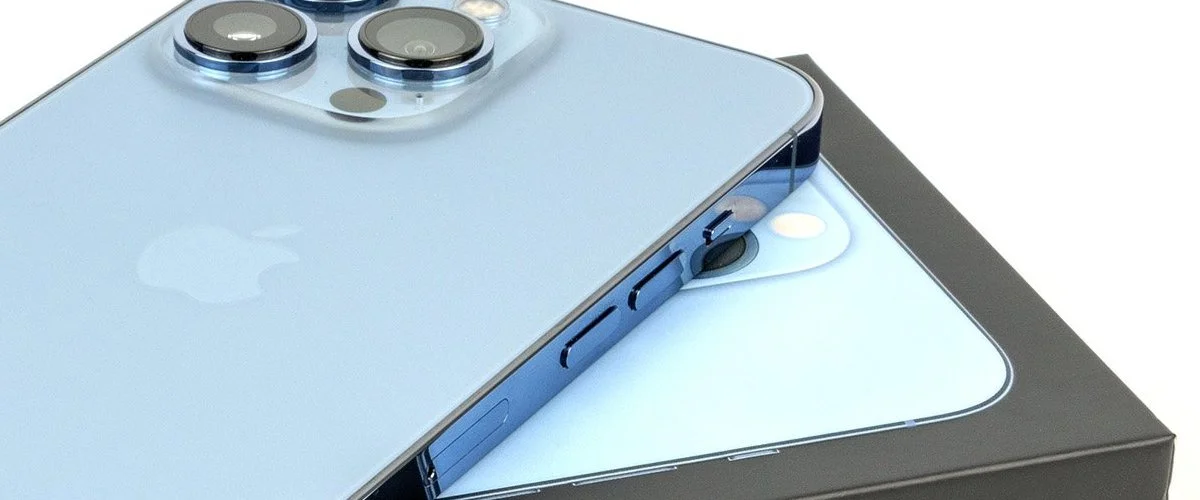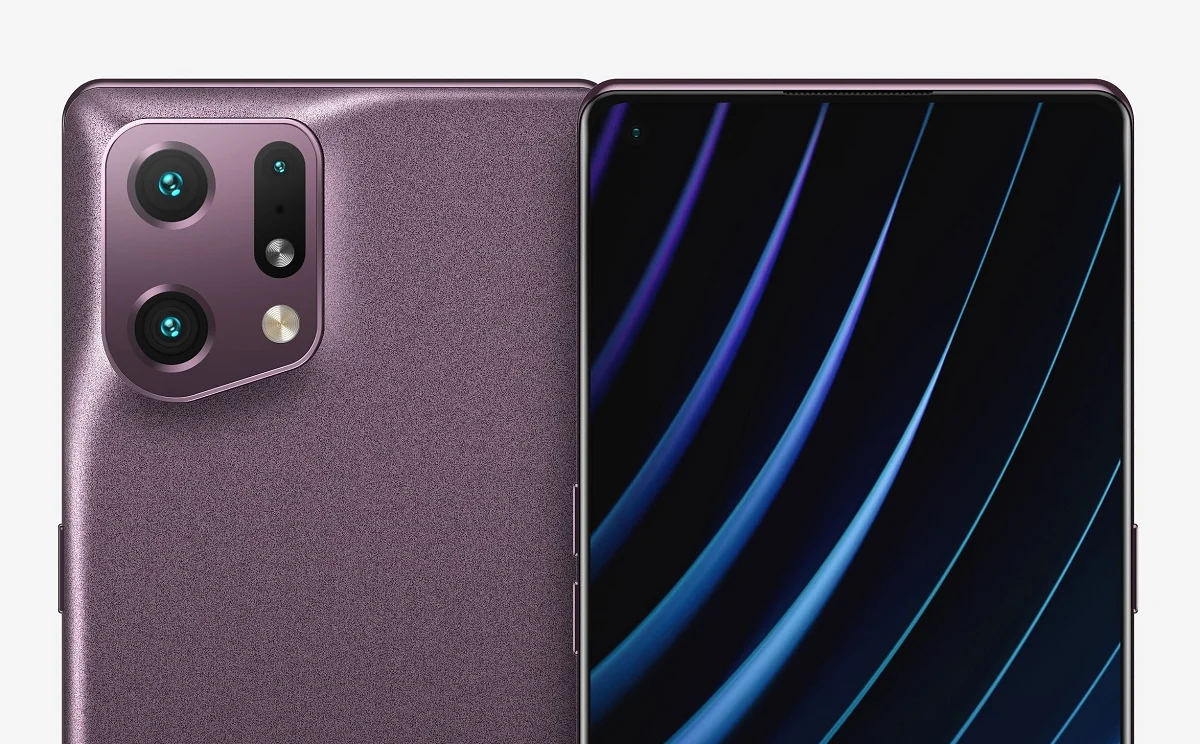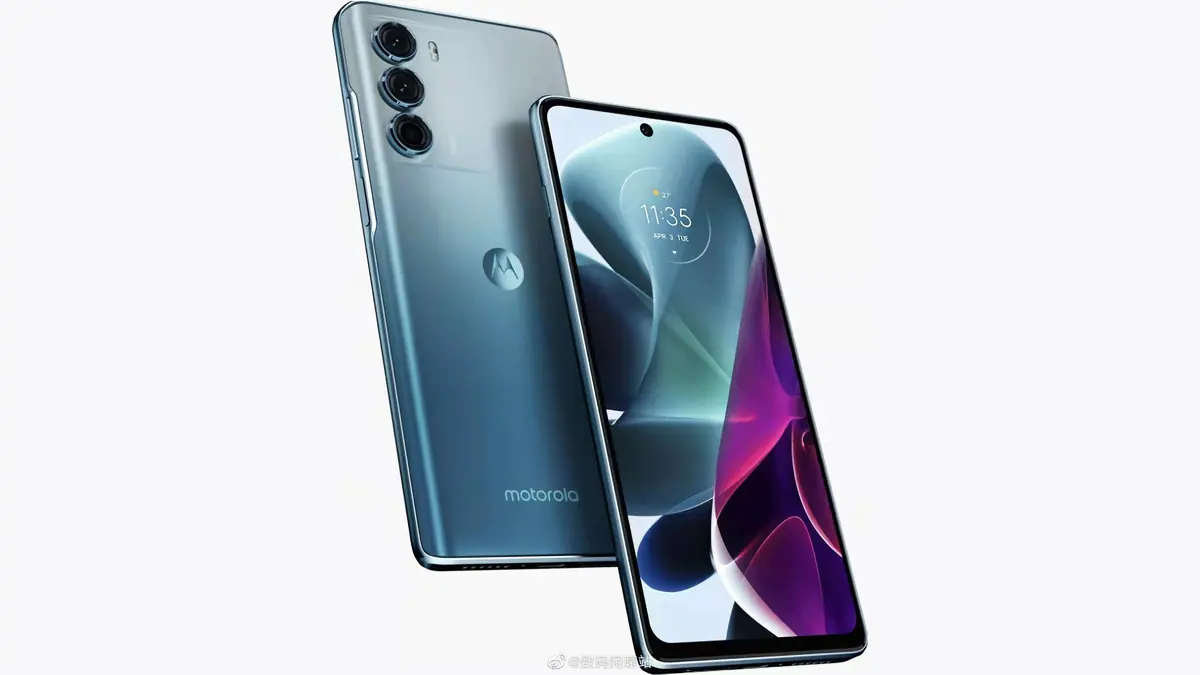Apple’s upcoming A17 Bionic chipset is making a lot of noise in the tech world, with reports from suppliers in Apple’s iPhone supply chain suggesting it will offer significant feature upgrades in the upcoming iPhone lineup. The A17 Bionic is expected to deliver a 35% increase in power efficiency and an unspecified performance boost over the already powerful A16 Bionic chipset.
The 3nm process used in the A17 Bionic chipset will reportedly provide a higher transistor density, resulting in better performance and lower power consumption. Apple has reportedly purchased the entire first batch of new N3 semiconductors from TSMC and is the only major player to use the 3nm process in 2023. Rival chipmakers Qualcomm and MediaTek will not develop their own 3nm chips, citing MediaTek’s high requirements. manufacturing costs, and Qualcomm takes a wait-and-see approach.
The iPhone 15 Pro and iPhone 15 Pro Max are expected to be powered by the A17 Bionic chipset, and vendors are expecting increased demand for the devices due to significant upgrades. The devices are also said to feature a periscope camera, solid-state volume and power buttons, a minor design update, and a new Sony camera sensor.
Additionally, the standard iPhone 15 and iPhone 15 Plus are expected to be powered by the A16 Bionic chipset, and all four new devices are expected to feature a USB-C connector, the first iPhones to adopt the charging standard. Dynamic Island is also expected to switch from Pro series phones to the standard iPhone 15 and iPhone 15 Plus.
Rumors for the A17 Bionic chipset and the upcoming iPhone 15 series are expected to trigger “request for change” among folks with older iPhone models. Apple’s decision to purchase the entire first batch of TSMC’s new N3 technology semiconductors gave the company a significant competitive advantage. Overall, the A17 Bionic chipset is expected to offer better performance, improved power efficiency and new features to appeal to consumers. The upcoming iPhone 15 series will be a significant upgrade over the previous generation, and it will be interesting to see how Apple’s competitors react to the company’s use of 3nm technology in its latest chipsets.













